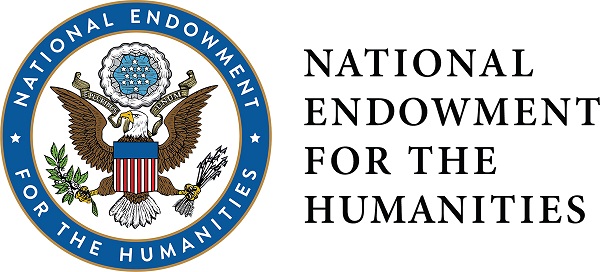
US Government Documents related to Indigenous Nations
Sponsor
Jack Brooks
Committee
United States House of Represetatives Committee on Government Actions
Congress
94th Congress, 2d Session
Files
Download Full Text (75.6 MB)
Description
This report, also known as United States (US) House of Representative Report 94-1335, was approved and adopted on June 30, 1976 by the US House Committee on Government Actions, and transmitted to the Speaker of the US House of Representatives on July 2 of 1976. It is based on a study by the Conservation, Energy and Natural Resources Subcommittee.
As the title suggests, the report examines the environmental, economic and international aspects of the Garrison Diversion project, which was 19% complete at the time of the report. The report runs 161 pages, excluding table of contents.
Publication Date
7-2-1976
Keywords
Garrison, Garrison Dam, Garrison Diversion, irrigation, municipal water, Missouri River, Red River, Souris River, James River, Devils Lake, Mandan Hidatsa and Arikara Nation, the Three Affiliated Tribes of the Fort Berthold Reservation, Mandan, Nueta, Hidatsa, Arikara, Sahnish
Organizations Referenced
US Congress, US House of Representatives
People Referenced
Jack Brooks, Mark Andrews
Publisher
Government Printing Office
Disciplines
American Politics | Indigenous, Indian, and Aboriginal Law | Indigenous Studies | Law and Politics | Native American Studies | United States History

Included in
American Politics Commons, Indigenous, Indian, and Aboriginal Law Commons, Indigenous Studies Commons, Law and Politics Commons, Native American Studies Commons, United States History Commons

